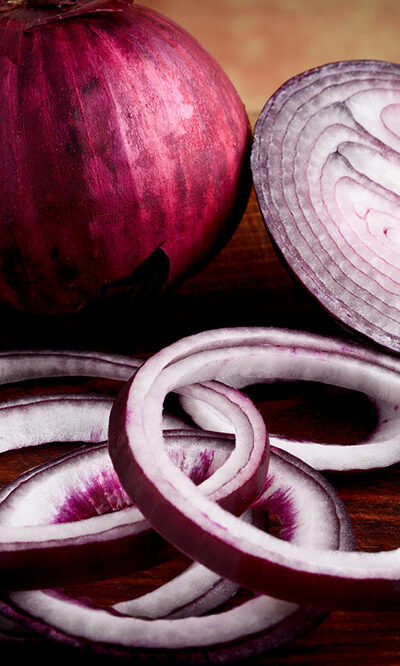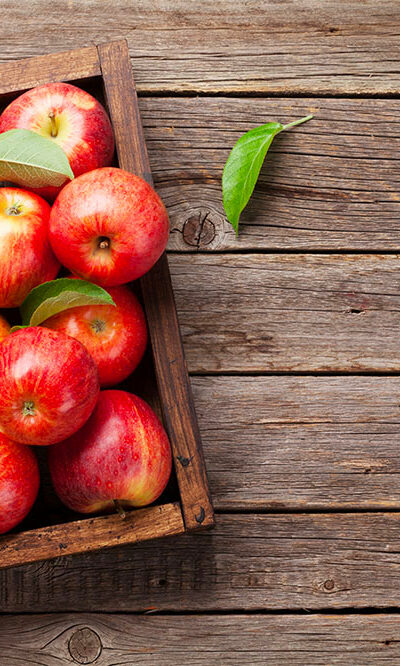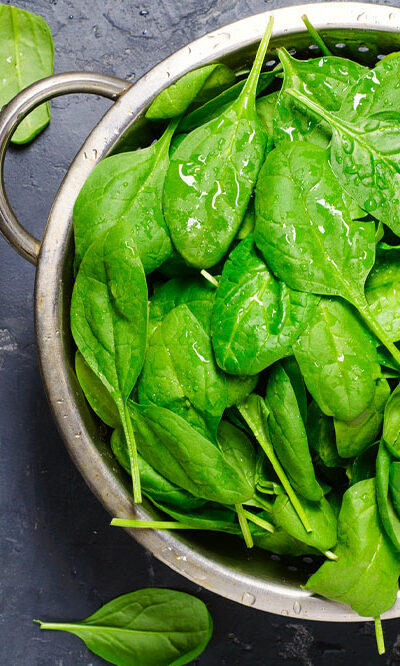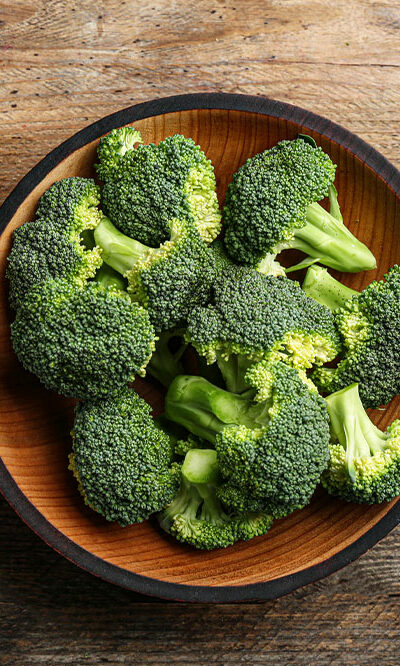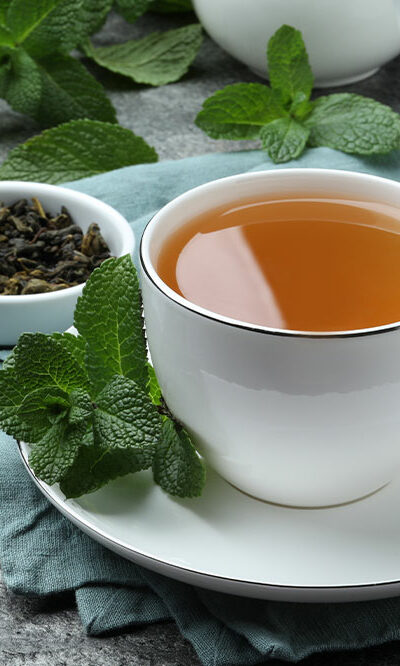
6 foods for relieving nasal congestion
Although unpleasant, nasal congestion is a common, and perhaps the most pervasive, allergy symptom for millions of people worldwide. It is also a common symptom indicating a cold or flu. Congestion can interrupt daily routine, so one can try management options to relieve this symptom and breathe better. Here, anti-inflammatory foods may help reduce the discomfort. So here are six foods that help fight nasal congestion, prevent excess mucus buildup, and relieve a stuffy nose: Tea Breathing in the steam from hot liquids like tea or broth can help make mucus thinner and relieve congestion. Additionally, green tea is also known for its anti-inflammatory compounds called polyphenols, which can help with swollen sinuses. Honey According to preliminary studies, honey can help soothe a sore throat. It may also help fight upper respiratory tract infections. Honey is generally safe to eat for people over the age of 1. One can add it to tea, use it as a salad dressing, or just eat a spoonful to relieve inflammation. Citrus fruits Vitamin-C-rich fruits such as limes, lemons, grapefruit, and oranges help boost immunity. They also have antioxidant properties, which can help relieve the pain and inflammation associated with nasal congestion. The combination of vitamin C and antioxidants can help thin mucus and reduce allergy-related congestion. Pineapple Pineapple is loaded with vitamin C and bromelain. While vitamin C helps fortify the immune system, bromelain may help break down the mucus buildup in the sinuses and reduce allergy-induced excessive mucus production. The fruit can be juiced, grilled, added to a salad, or eaten as it is. Ginger Root ginger is well known for its anti-inflammatory properties. It can easily be added to salads and roast dishes for a healthy yet delicious meal. Alternatively, one can also boil some fresh ginger in water to make hot ginger tea to reduce nasal congestion.
